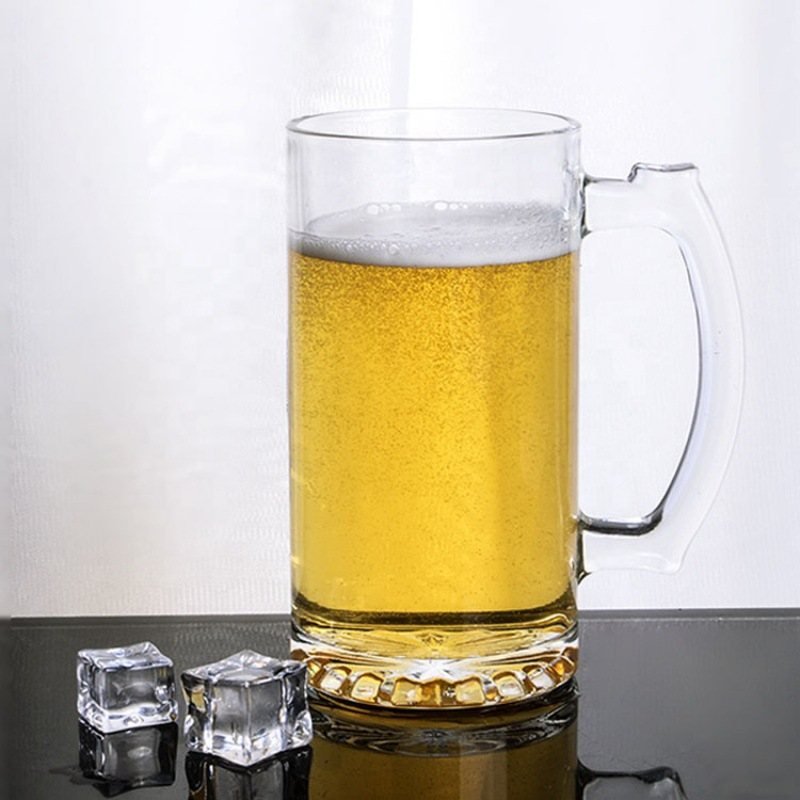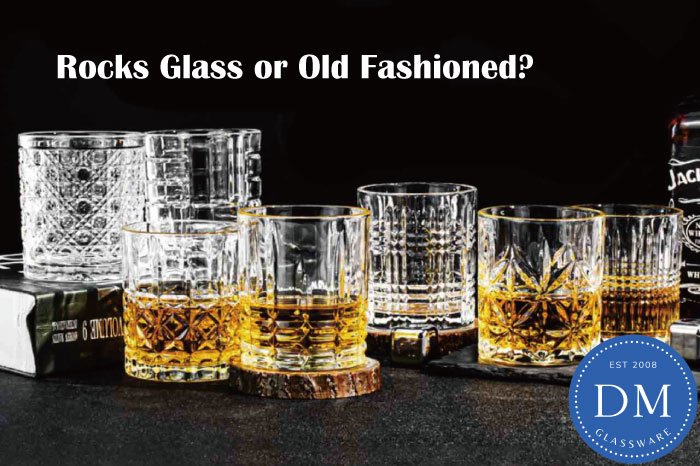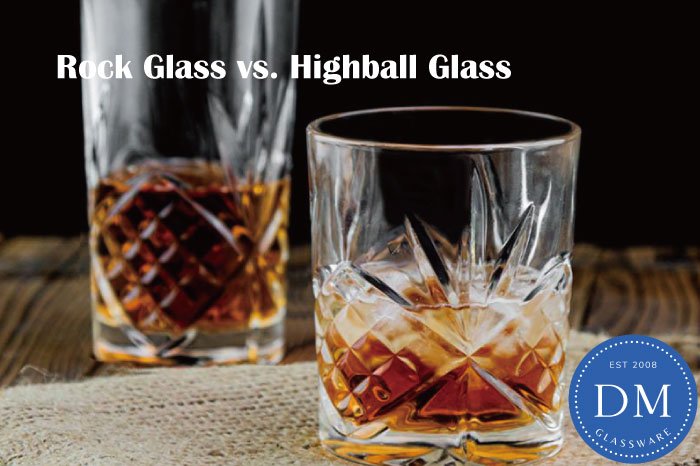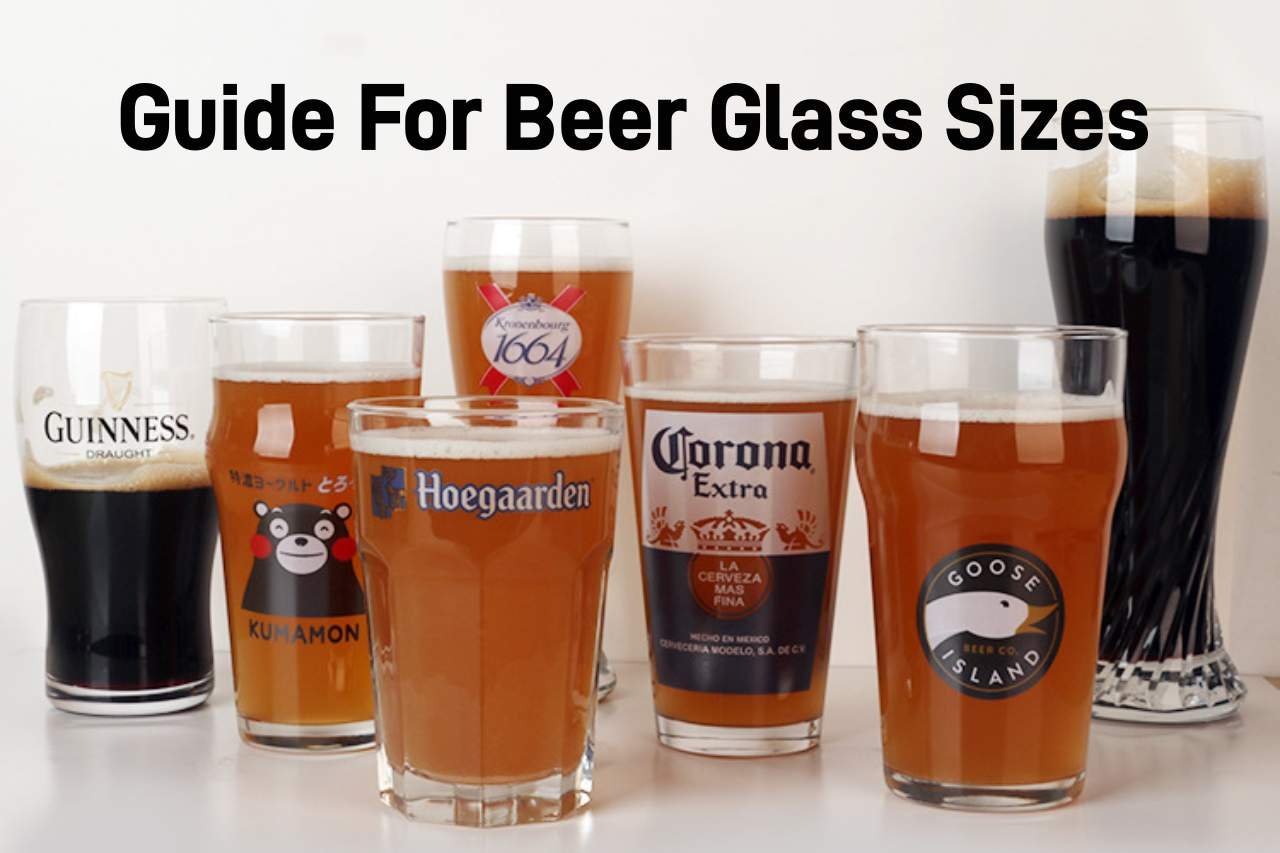
Beer Glass Sizes Explained: Pint, Mug, and More
Beer glasses come in various shapes and sizes, such as pint glasses, tulip glasses, and snifters, each designed to improve the beer-drinking experience.
Today in this post, we will introduce beer glass sizes, shapes, and so on.
Table of Contents
Why Glass Size Matters for Beer
Impact on Flavor and Aroma
Glass size influences how beer’s aromas are released. Larger glasses enhance aromas, while smaller glasses concentrate them, making the beer more flavorful.
Pouring and Head Retention
The right glass size helps maintain a proper foam head, which releases aromas and improves the beer’s texture.
Serving Temperature and Experience
Smaller glasses keep high-alcohol beers at the right temperature for sipping, while larger glasses help maintain the coolness of lighter beers.
Styles of Beer
Lagers
- Description: Crisp, clean, and refreshing, lagers are typically fermented at cooler temperatures.
- Popular Types: Pilsner, Helles, Bock.
- Flavor Profile: Mild bitterness, smooth malt character, often with subtle hop flavors.
- Best Glass: Pilsner or pint glass.
Ales
- Description: Ales are fermented at warmer temperatures, producing a wide range of flavors and aromas.
- Popular Types: Pale Ale, IPA, Brown Ale, Stout.
- Flavor Profile: Fruity, hoppy, or malty, with a broader range of flavors than lagers.
- Best Glass: Pint glass, tulip glass for IPAs.
Wheat Beers
- Description: Brewed with a significant portion of wheat, these beers are known for their light, refreshing taste and hazy appearance.
- Popular Types: Hefeweizen, Witbier, American Wheat.
- Flavor Profile: Notes of citrus, banana, clove, and often a slightly cloudy appearance.
- Best Glass: Weizen glass.
Belgian-Style Beers
- Description: Known for their complex flavors and higher alcohol content, Belgian beers are often bottle-conditioned.
- Popular Types: Belgian Dubbel, Tripel, Saison.
- Flavor Profile: Fruity, spicy, with a rich malt backbone and sometimes a touch of sweetness.
- Best Glass: Goblet or chalice.
IPAs (India Pale Ales)
- Description: IPAs are hop-forward ales with strong flavors and higher bitterness levels.
- Popular Types: American IPA, Double IPA, New England IPA.
- Flavor Profile: Citrus, pine, tropical fruits, with a prominent bitterness.
- Best Glass: IPA glass.
Stouts and Porters
- Description: Dark, rich beers with roasted malt flavors.
- Popular Types: Irish Stout, Imperial Stout, Porter.
- Flavor Profile: Coffee, chocolate, caramel, with a creamy texture.
- Best Glass: Snifter or pint glass.
Sour Beers
- Description: Beers intentionally brewed to have a tart, sour flavor profile.
- Popular Types: Berliner Weisse, Gose, Lambic.
- Flavor Profile: Tart, fruity, sometimes with a hint of salt or funk.
- Best Glass: Tulip or stemmed glass.
Popular Beer Glass Sizes
Small Glass Sizes (5-10 oz)
- Examples: Taster glasses, samplers.
- Uses: Best for beer flights or high-alcohol beers like imperial stouts, where smaller portions are preferred.
- Advantages: Ideal for sampling and controlling portion sizes, perfect for tastings without overconsumption.

Taster Beer Glasses

Taster Beer Glasses

Sampler Beer Glasses
Medium Glass Sizes (12-16 oz)
- Examples: Pint glasses, mugs.
- Uses: Great for serving most lagers, pale ales, and stouts.
- Advantages: Commonly found in bars and pubs, offering a good balance between volume and ease of handling.
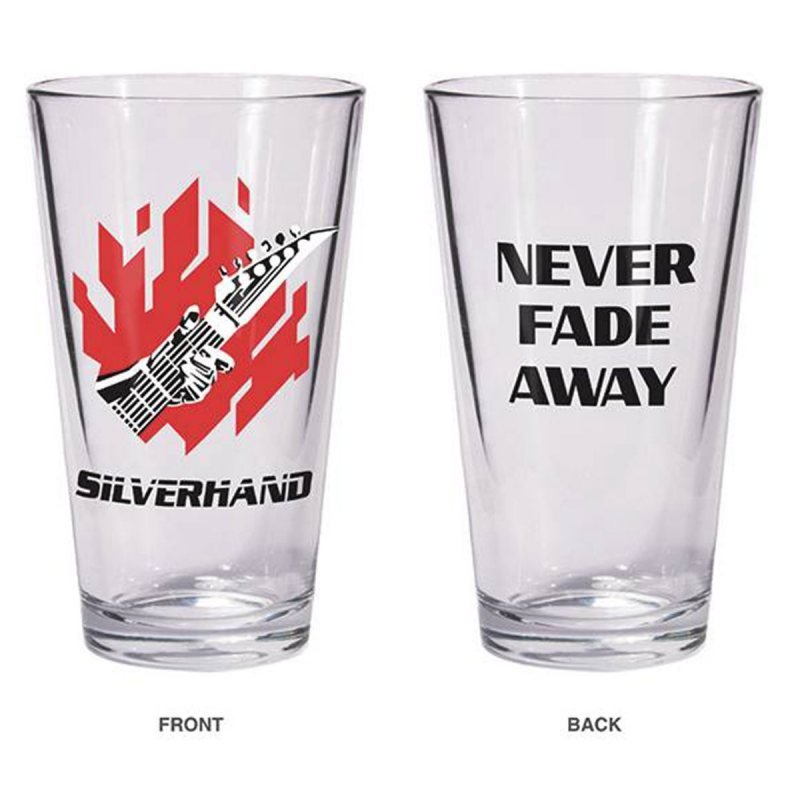
Pint Glasses
Large Glass Sizes (20+ oz)
- Examples: German steins, imperial pint glasses.
- Uses: Suited for larger servings of lighter beers like wheat beers or pilsners.
- Advantages: Ideal for social events or casual drinking, allowing for fewer refills and a more relaxed experience.

German steins
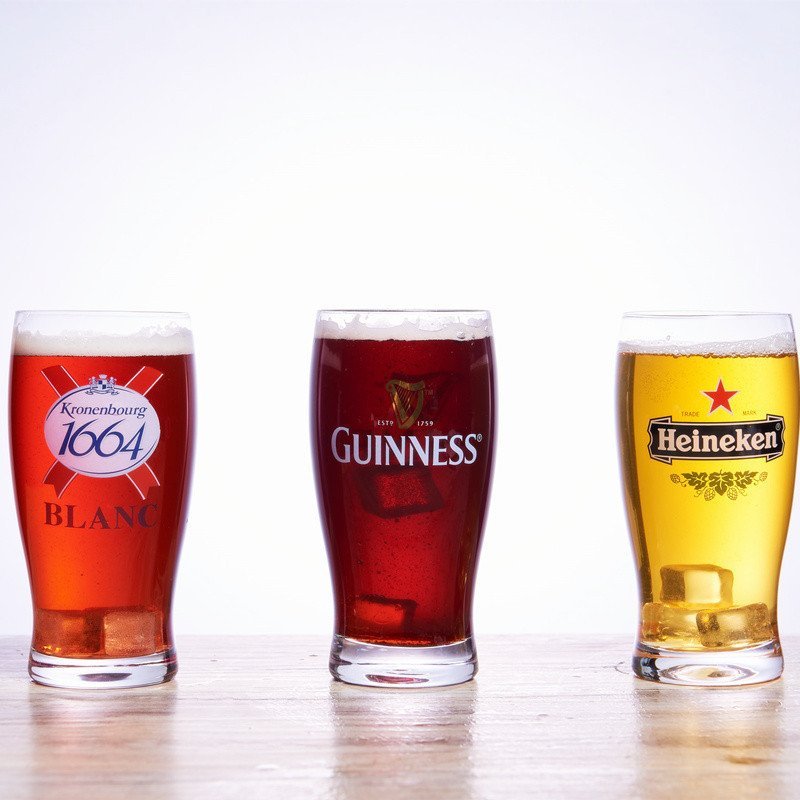
Imperial Pint Glasses
Different Types of Beer Glasses and Their Sizes
Pint Glass
- Standard Size: 16 oz (American pint), 20 oz (Imperial pint).
- Best for: Pale ales, lagers, and stouts.
- Why Size Matters: Its versatile shape makes it the most popular glass for a variety of beers in the U.S. and UK.
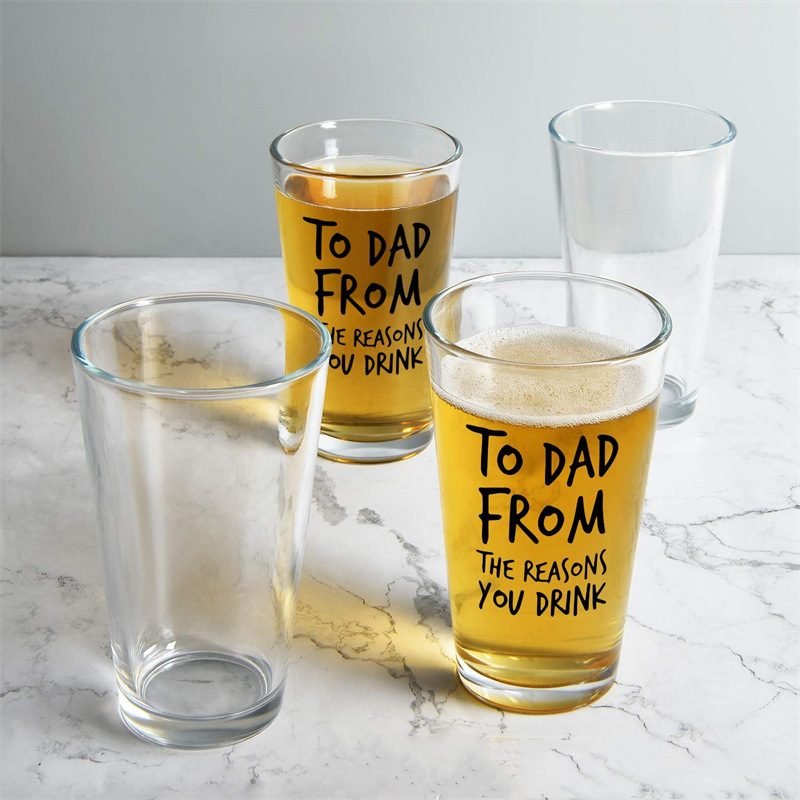
American Pint Glass
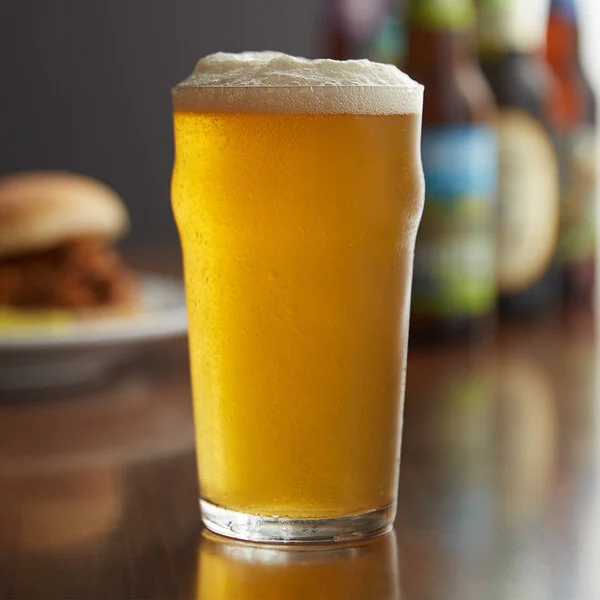
Imperial Pint Glasses
Beer Mug
- Standard Size: 12-20 oz.
- Best for: Lagers, stouts, and German beers.
- Why Size Matters: The handle prevents heat transfer from your hand, keeping the beer cool.
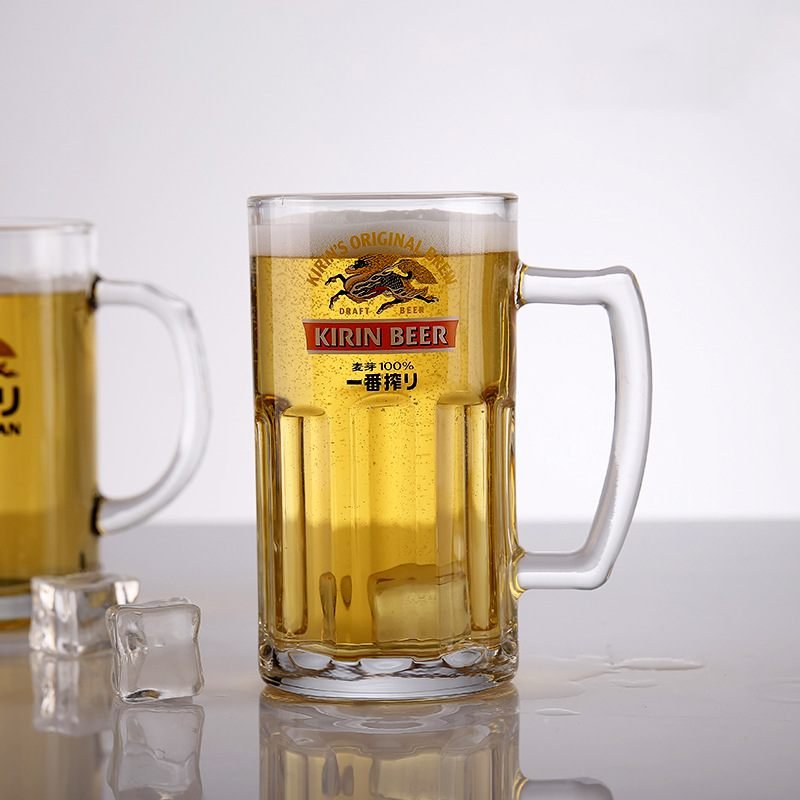
Beer Mug

Beer Mug
Weizen Glass
- Standard Size: 16-22 oz.
- Best for: Wheat beers (Weissbier, Hefeweizen).
- Why Size Matters: Its large size accommodates the thick foam head typical of wheat beers.
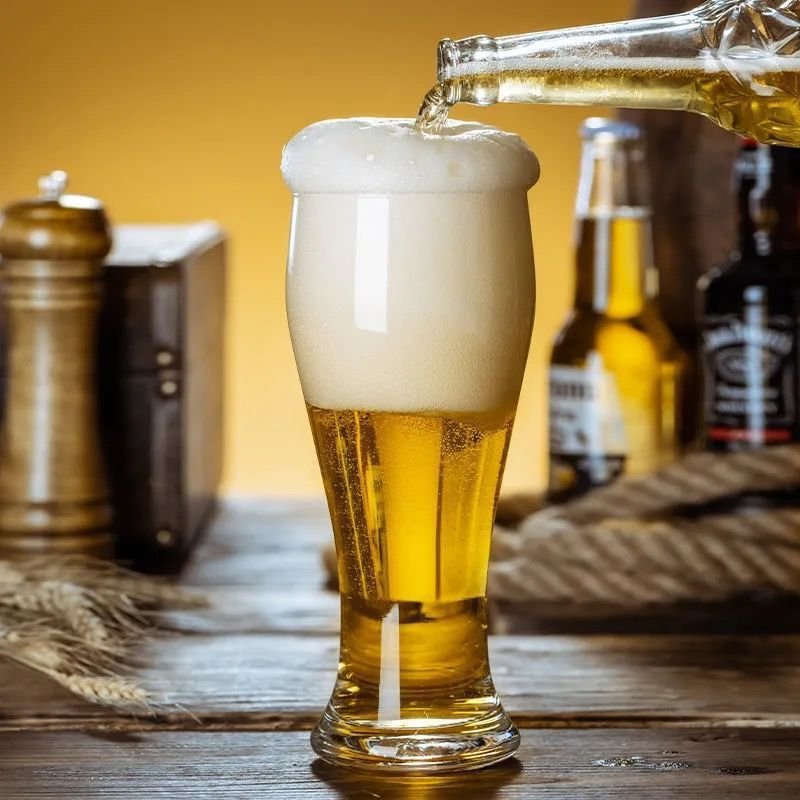
Beer Mug

Beer Mug
Stein
- Standard Size: 20-34 oz.
- Best for: German-style lagers and Oktoberfest beers.
- Why Size Matters: The large size and thick walls help keep beer cool for longer.
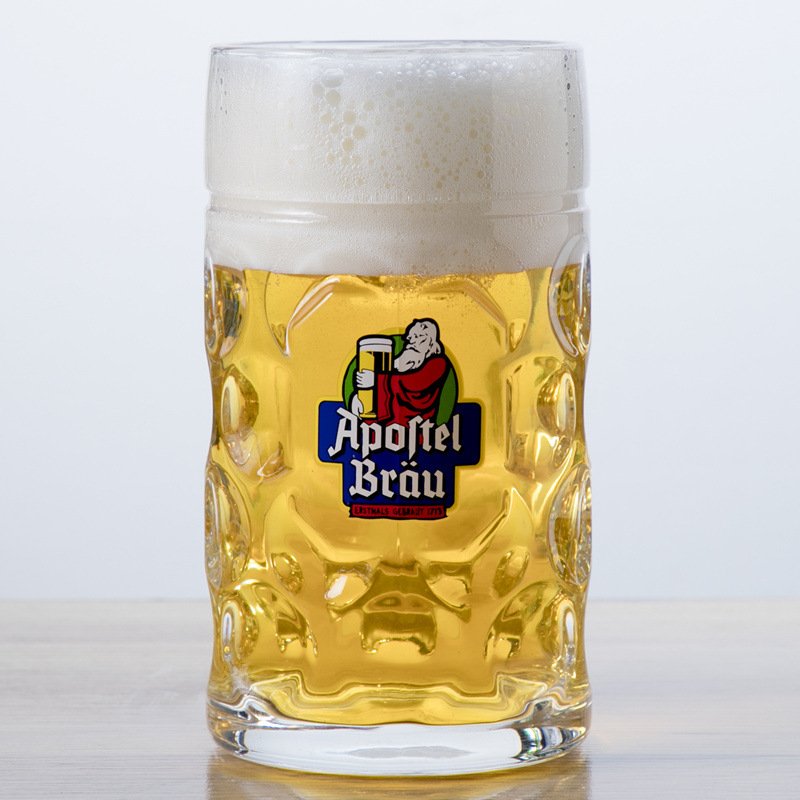
Stein Beer Glasses
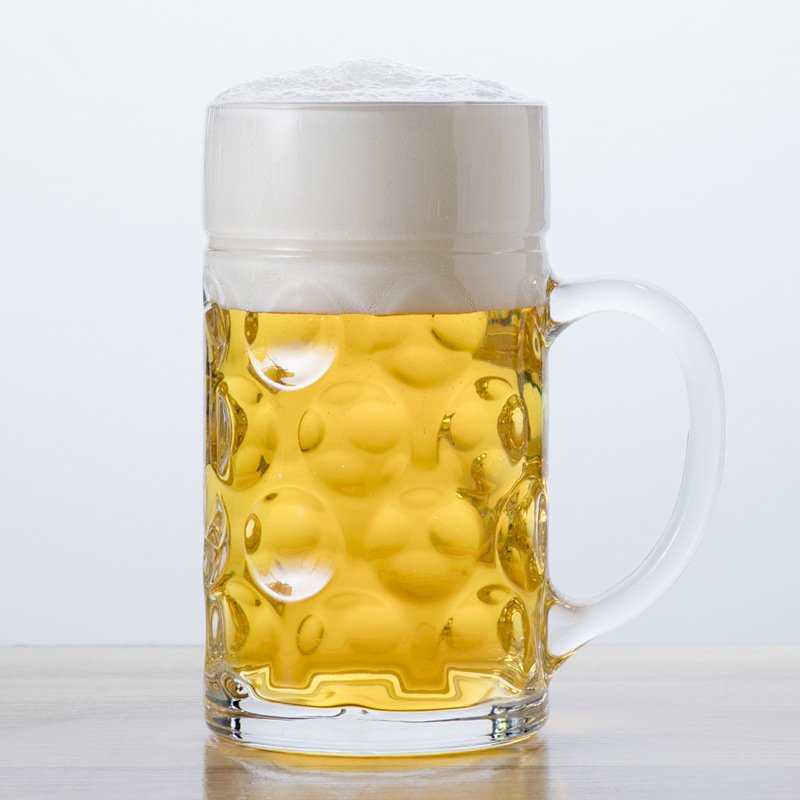
Stein Beer Glasses
Tulip Glass
- Standard Size: 12-16 oz.
- Best for: Belgian ales, IPAs, and strong beers.
- Why Size Matters: The flared top enhances aroma retention, and the smaller size is ideal for strong, flavorful beers.

Tulip Glasses

Tulip Glasses
Snifter
- Standard Size: 6-12 oz.
- Best for: Barleywines, strong ales, and high-alcohol beers.
- Why Size Matters: The small size and rounded shape concentrate aromas, perfect for sipping strong beers.

Goblet/Chalice
- Standard Size: 12-16 oz.
- Best for: Belgian ales, dubbels, and trappist beers.
- Why Size Matters: The wide mouth allows for a thick foam head and maximizes aroma release.
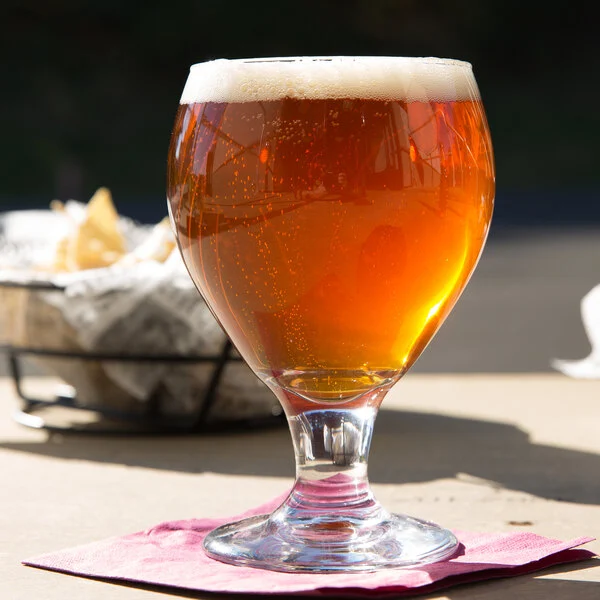
Pilsner Glasses
- Standard Size: 12-16 oz.
- Best for: Pilsners, light lagers, and other light, crisp beers.
- Why Size Matters: The tall, slender design of a pilsner glass helps showcase the beer’s clarity and carbonation, while maintaining a good head. The narrower body keeps the beer cooler for longer, and the size allows for the perfect amount of beer to be enjoyed without it warming up too quickly.
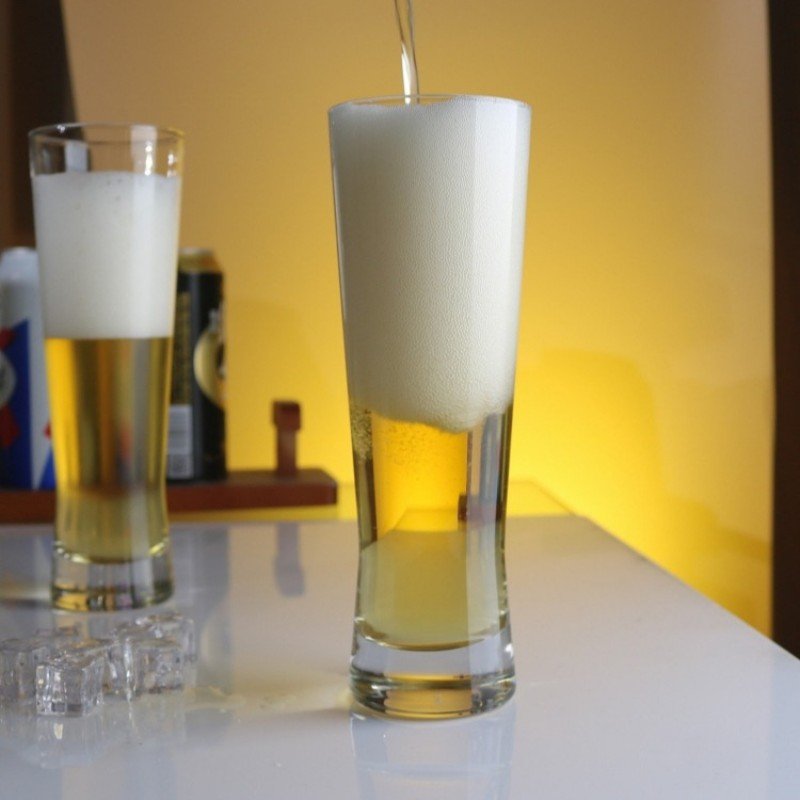
IPA Glasses
- Standard Size: 12-16 oz.
- Best for: India Pale Ales (IPAs), Double IPAs, and other hoppy beers.
- Why Size Matters: The unique shape of an IPA glass, with its tapered bowl and narrow base, is designed to enhance hop aromas and flavors. The smaller size helps concentrate these aromas while keeping the beer at the right temperature. The ridges in some IPA glasses also help maintain carbonation, ensuring each sip is as fresh as the first.

Stange Beer Glass
- Standard Size: 6-7 oz.
- Best for: Kölsch, Altbier, and other delicate, light-bodied beers.
- Why Size Matters: The tall, narrow Stange glass (also called a “stick” glass) is designed to concentrate delicate aromas and flavors of lighter beers. Its smaller size allows for multiple servings, ensuring the beer stays fresh and cool, perfect for crisp, refreshing beers that are meant to be enjoyed cold.
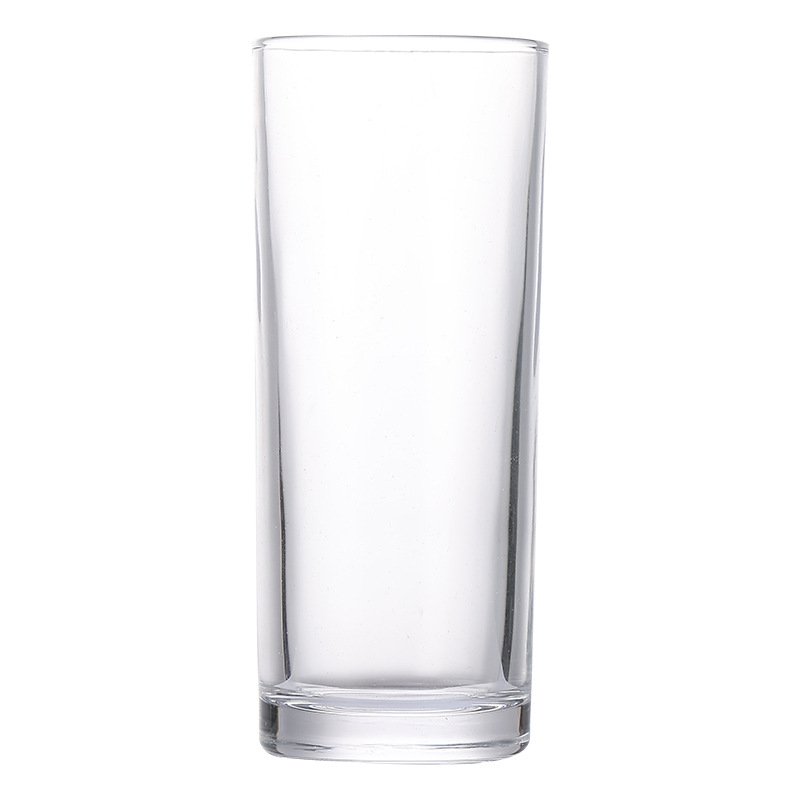
Glass Beer Boots
- Standard Size: 1 liter (33 oz), though smaller sizes are available.
- Best for: German lagers, pilsners, and celebratory drinking.
- Why Size Matters: Glass beer boots, or “Bierstiefel,” are a fun and iconic way to serve large amounts of beer, often used at festivals or celebrations. Their large size is great for social drinking, but the unique shape can make pouring tricky—drinkers need to carefully tilt the boot to avoid splashing. The larger capacity allows for fewer refills, making it ideal for casual, extended drinking sessions.
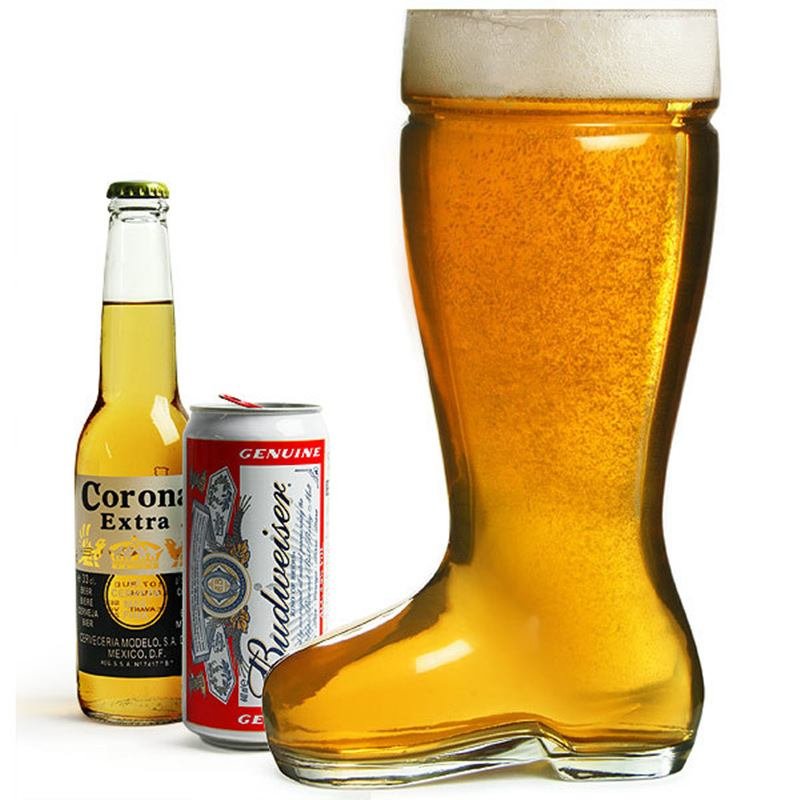
Choosing the Right Beer Glass Size for Different Occasions
For Casual Drinking
- Best Sizes: 12-16 oz (Pint glasses, mugs).
- Why: Pint glasses and mugs are versatile and practical, making them ideal for casual beer drinking at home or with friends. These sizes offer a good balance between portion size and ease of use.
For Events or Festivals
- Recommended Sizes: 16-20+ oz (Steins, large mugs, Imperial pints).
- Why: Larger glasses like steins or imperial pints are great for serving beer at festivals or large gatherings. Their larger capacity reduces the need for frequent refills, making them convenient for guests.
For Beer Tastings
- Ideal Sizes: 5-10 oz (Taster glasses, samplers).
- Why: Smaller glasses are perfect for sampling multiple beer types in a single session. They allow guests to try a variety of flavors without consuming too much of each.
For Bars and Restaurants
- Best Sizes: 12-20 oz (Pint glasses, mugs, tulip glasses).
- Tips: Bars and restaurants should choose glass sizes that match the types of beer on their menu. Pint glasses for lagers and ales, tulip glasses for stronger beers, and smaller glasses for high-alcohol or specialty brews ensure the best experience for customers.
How to Properly Pour Beer into Different Glass Sizes
Techniques for Pint Glasses vs. Large Glasses
- Pint Glasses: Hold the pint glass at a 45-degree angle and pour slowly down the side of the glass. When the glass is about half full, straighten it and continue pouring down the middle to create a foam head.
- Large Glasses: For steins or large mugs, the technique is similar, but the slower pour is even more important to prevent too much foam. Keep the glass at an angle longer to control the flow and gradually build the foam head.
Preserving Head and Aroma
The size of the glass affects how the foam, or head, is maintained. A properly poured beer with the right amount of head (usually around 1-2 inches) helps release the beer’s aroma, enhancing the drinking experience. Smaller glasses require a more controlled pour to avoid overwhelming foam, while larger glasses can accommodate more foam without affecting the presentation. A good head helps to retain carbonation and improve the overall flavor.
How To Pour Beer Into A Glass
FAQs
What is the most common beer glass size?
The most common beer glass size is 16 oz, which is the standard American pint. It’s widely used in bars and pubs for serving various types of beer, including pale ales, lagers, and stouts.
Does glass size really affect the taste of beer?
Yes, glass size can significantly affect the taste of beer. Larger glasses allow more room for the beer’s aroma to develop, which enhances flavor perception. Smaller glasses are ideal for stronger beers, where concentrated aromas and smaller sips are preferred.
What is the difference between an American pint and an Imperial pint?
An American pint holds 16 oz, while an Imperial pint (common in the UK) holds 20 oz. The Imperial pint is larger and typically used for serving British ales and stouts.
Why are German beer mugs so large?
German beer mugs, often ranging from 20-34 oz, are large to accommodate the cultural tradition of beer drinking in festivals like Oktoberfest. The larger size allows for fewer refills and keeps beer cold for longer periods, perfect for social drinking in large gatherings.
Looking to customize beer glasses for your bar, restaurant, or event? DM Glassware specializes in designing and producing high-quality beer glasses, tailored to meet your needs.
Contact us today to discuss how we can create the perfect beer glasses for your business or special occasion!


